Home>Gardening & Outdoor>Landscaping Ideas>What Is Sudan Grass Used For
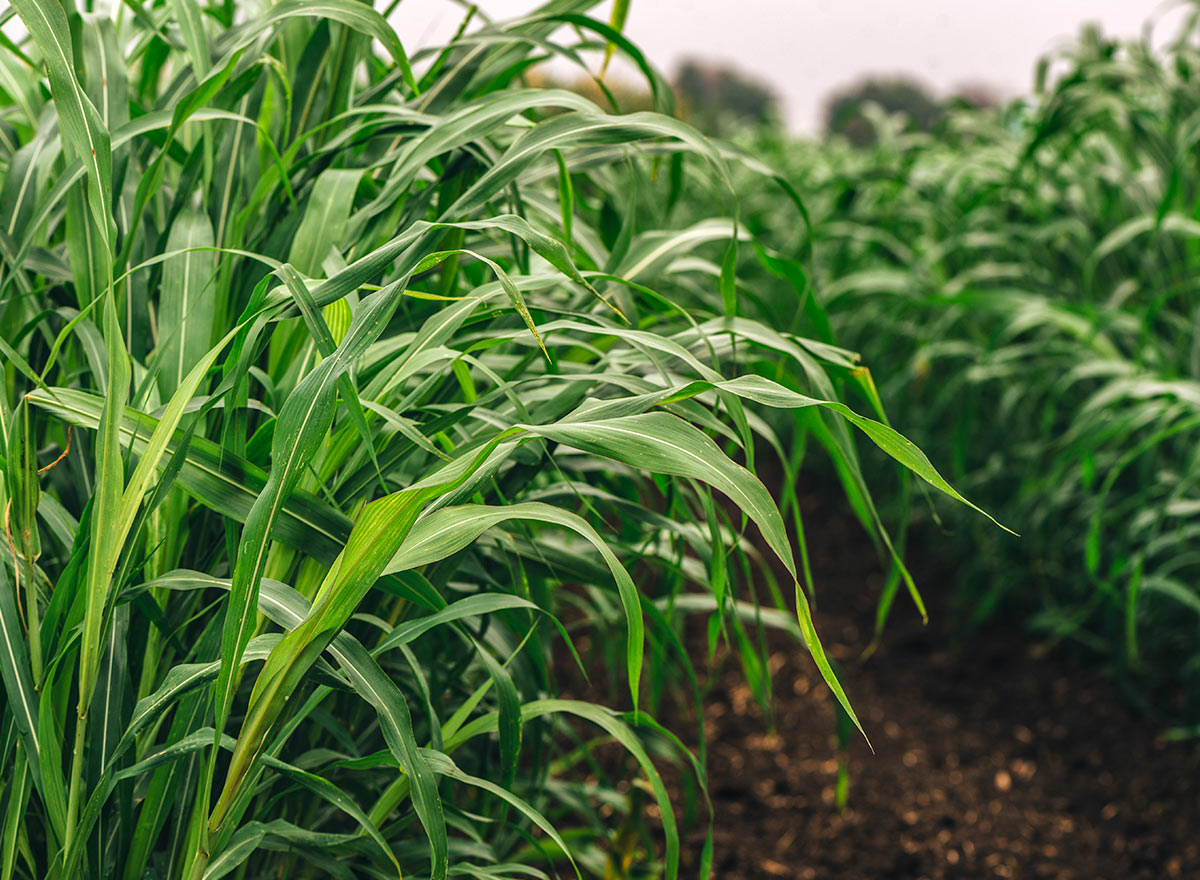

Landscaping Ideas
What Is Sudan Grass Used For
Published: January 27, 2024
Discover the versatility of Sudan grass for landscaping ideas. Learn how this drought-tolerant, fast-growing grass can enhance your outdoor space.
(Many of the links in this article redirect to a specific reviewed product. Your purchase of these products through affiliate links helps to generate commission for Storables.com, at no extra cost. Learn more)
Introduction
Sudan grass, scientifically known as Sorghum bicolor, is a versatile and valuable plant with a wide range of applications. Originally native to the African continent, this annual grass has gained popularity across the globe due to its numerous benefits and uses. From providing essential nutrients to livestock to aiding in soil improvement and erosion control, Sudan grass has proven to be a valuable asset in various agricultural and environmental contexts.
As we delve into the multifaceted uses of Sudan grass, we will explore its nutritional content, its role in animal feed, its contribution to soil improvement and erosion control, its significance in silage production, and its effectiveness in weed suppression. By understanding the diverse applications of Sudan grass, we can appreciate its significance in agricultural practices and environmental sustainability.
Key Takeaways:
- Sudan grass is a super nutritious and tasty food for animals, helping them grow healthy and strong. It’s like a yummy and healthy snack for cows, sheep, and goats!
- Sudan grass is like a superhero for the soil, preventing erosion, making the soil healthier, and even fighting off pesky weeds. It’s like a natural protector for the land!
Read more: When To Cut Sudan Grass For Hay
Nutritional Content of Sudan Grass
Sudan grass is renowned for its impressive nutritional profile, making it a valuable source of essential nutrients for livestock and other grazing animals. This tall, leafy grass is rich in protein, with levels ranging from 8% to 12%, depending on factors such as soil fertility and climate. Additionally, Sudan grass contains significant amounts of carbohydrates, fiber, vitamins, and minerals, making it a well-rounded and nutritious forage option.
One of the key nutritional benefits of Sudan grass is its high digestibility, which ensures that animals can efficiently extract essential nutrients from the grass during digestion. This digestibility factor, combined with its protein content, positions Sudan grass as a favorable choice for promoting healthy growth and optimal performance in livestock.
Furthermore, Sudan grass is relatively low in lignin, a complex organic polymer that can reduce the overall digestibility of forage. This characteristic enhances the overall nutritional value of Sudan grass, as animals can readily access and utilize the nutrients present in the grass without the hindrance of excessive lignin content.
In addition to its nutritional richness, Sudan grass is known for its palatability, attracting animals to consume it readily. This palatable nature, coupled with its nutritional density, contributes to the overall well-being and productivity of livestock and other grazing animals that rely on Sudan grass as a dietary staple.
By comprehending the impressive nutritional content of Sudan grass, farmers and agricultural practitioners can make informed decisions regarding its incorporation into animal feed and forage management systems. The next sections will further explore the various applications of Sudan grass, shedding light on its pivotal role in agriculture and environmental sustainability.
Animal Feed
Sudan grass plays a crucial role in animal nutrition, serving as a valuable component of livestock feed and forage systems. Due to its impressive nutritional content, including high protein levels and digestibility, Sudan grass is widely utilized as a feed source for ruminant animals such as cattle, sheep, and goats.
When incorporated into the diets of grazing animals, Sudan grass provides essential nutrients that support healthy growth, reproduction, and overall well-being. Its palatable nature encourages animals to consume it readily, promoting consistent nutrient intake and optimal utilization of the grass’s nutritional benefits.
One of the key advantages of Sudan grass as animal feed is its versatility. It can be utilized in various forms, including fresh grazing, hay, and silage, offering flexibility to farmers and livestock managers in meeting the dietary needs of their animals throughout different seasons and operational requirements.
Furthermore, Sudan grass is often integrated into rotational grazing systems, where it contributes to the overall nutritional diversity available to grazing animals. This diversity helps ensure that animals receive a balanced diet, incorporating different forage types to meet their varied nutritional requirements.
For dairy cattle, Sudan grass holds particular significance as a high-quality forage option. Its favorable protein content and digestibility make it a valuable component in dairy cow diets, supporting milk production and overall herd health. By incorporating Sudan grass into the feed regimen, dairy farmers can enhance the nutritional quality of the diet and, consequently, the productivity of their dairy animals.
Overall, Sudan grass serves as a cornerstone in the realm of animal feed and forage, providing essential nutrients, promoting palatability, and offering versatility in its applications. Its role in supporting the nutritional needs of livestock underscores its significance in modern agricultural practices, contributing to the well-being and productivity of grazing animals.
Soil Improvement
Beyond its role as a valuable source of animal feed, Sudan grass also contributes significantly to soil improvement and agricultural sustainability. This resilient grass possesses attributes that make it an effective tool for enhancing soil health and fertility, thereby benefiting subsequent crop cultivation and overall land management.
One of the primary ways in which Sudan grass aids in soil improvement is through its extensive root system. The deep and vigorous roots of Sudan grass penetrate the soil, helping to break up compacted layers and improve soil structure. This action enhances soil aeration and water infiltration, promoting a healthier and more hospitable environment for beneficial soil microorganisms and plant roots.
Moreover, the root system of Sudan grass plays a pivotal role in soil stabilization. By anchoring the soil and reducing erosion, Sudan grass helps mitigate the loss of topsoil due to wind and water erosion, thereby preserving the integrity of agricultural land and preventing the depletion of valuable soil resources.
In addition to its physical impact on soil structure, Sudan grass offers a valuable biological contribution through its ability to fix nitrogen. This process involves the symbiotic relationship between the grass and nitrogen-fixing bacteria, which enables Sudan grass to convert atmospheric nitrogen into a plant-usable form, subsequently enriching the soil with this essential nutrient. As a result, Sudan grass acts as a natural fertilizer, enhancing soil fertility and supporting the growth of subsequent crops.
Furthermore, when Sudan grass is used as a cover crop or incorporated into crop rotation systems, it contributes organic matter to the soil upon decomposition. This organic matter enriches the soil, improving its nutrient content and fostering a favorable environment for beneficial soil organisms, thus promoting long-term soil health and productivity.
By harnessing the soil-improving properties of Sudan grass, farmers and land managers can adopt sustainable agricultural practices that prioritize soil health and fertility. The next sections will further explore the environmental benefits of Sudan grass, shedding light on its role in erosion control, silage production, and weed suppression.
Sudan grass is commonly used as a forage crop for livestock, as it is high in nutrients and can be grazed or harvested for hay. It is also used for erosion control and as a cover crop.
Erosion Control
Sudan grass serves as a valuable ally in the battle against soil erosion, offering effective erosion control measures in agricultural and land management contexts. The robust growth and extensive root system of Sudan grass contribute to its efficacy in preventing soil erosion, particularly in areas susceptible to wind and water erosion.
One of the primary mechanisms through which Sudan grass mitigates soil erosion is its ability to provide ground cover. The dense foliage and vigorous growth habit of Sudan grass create a protective layer over the soil surface, shielding it from the erosive forces of wind and water. This ground cover acts as a natural barrier, reducing the impact of erosive agents and safeguarding the topsoil from being displaced or degraded.
Furthermore, the deep and fibrous root system of Sudan grass plays a pivotal role in stabilizing the soil. As the roots penetrate the soil, they bind the particles together, effectively anchoring the soil in place and reducing the likelihood of erosion. This root action helps maintain the structural integrity of the soil, preventing it from being easily swept away by runoff or wind, even during adverse weather conditions.
In addition to its physical contributions to erosion control, Sudan grass offers a natural means of managing water movement and runoff. By absorbing and slowing the flow of water, Sudan grass reduces the velocity and erosive potential of runoff, allowing more water to infiltrate the soil and replenish groundwater reservoirs. This function not only aids in erosion control but also supports sustainable water management practices, contributing to overall environmental conservation efforts.
Moreover, the protective cover provided by Sudan grass contributes to the conservation of soil moisture. By reducing evaporation and shielding the soil from direct sunlight, Sudan grass helps maintain optimal moisture levels, further fortifying the soil against erosion and preserving its fertility. This moisture conservation aspect is particularly beneficial in arid and semi-arid regions, where water scarcity poses a significant challenge to sustainable land management.
Through its erosion control capabilities, Sudan grass emerges as a valuable asset in safeguarding soil resources and promoting sustainable agricultural practices. Its role in mitigating soil erosion not only protects valuable topsoil but also contributes to the preservation of ecological balance and the long-term sustainability of agricultural landscapes.
Read more: What Fertilizer To Use For Grass
Silage Production
Sudan grass plays a pivotal role in silage production, offering a valuable and nutritious feed option for livestock, particularly during periods of limited forage availability. The process of ensiling Sudan grass involves harvesting the plant at a specific stage of growth, chopping it into smaller pieces, and fermenting it under anaerobic conditions to produce silage, a preserved forage feed.
One of the key advantages of Sudan grass for silage production is its rapid growth and high biomass yield. These attributes make it an efficient and abundant source of forage, providing ample material for ensiling and subsequent feed utilization. The ability of Sudan grass to thrive in diverse climates and soil conditions further enhances its suitability for silage production, offering farmers a reliable feed option across varying agricultural landscapes.
Furthermore, Sudan grass exhibits favorable ensiling characteristics, including high moisture content and digestibility, which contribute to the quality of the resulting silage. Its succulent nature and nutrient-rich composition make it an attractive choice for ensiling, as it facilitates the fermentation process and yields a nutritious feed product that meets the dietary requirements of livestock.
When ensiled properly, Sudan grass undergoes lactic acid fermentation, a process that preserves the forage by creating an acidic environment that inhibits the growth of spoilage microorganisms. This preservation method ensures the long-term storage and availability of high-quality forage, allowing farmers to maintain consistent feed supplies for their animals, even during periods of forage scarcity.
Moreover, the nutritional content of Sudan grass translates effectively into the silage produced from it, offering a balanced and digestible feed option for ruminant animals. The resulting silage provides essential nutrients, including protein and energy, supporting the dietary needs of livestock and contributing to their overall health and productivity.
By incorporating Sudan grass into silage production systems, farmers can effectively manage forage resources, optimize feed availability, and ensure the nutritional well-being of their animals throughout the year. The utilization of Sudan grass for silage production underscores its versatility and value as a feed resource, contributing to the efficiency and sustainability of livestock management practices.
Weed Suppression
Sudan grass serves as a natural ally in the ongoing battle against weeds, offering effective weed suppression capabilities that benefit agricultural and land management endeavors. The vigorous growth and competitive nature of Sudan grass enable it to outcompete and suppress weeds, contributing to the maintenance of weed-free agricultural landscapes and pastures.
One of the primary mechanisms through which Sudan grass suppresses weeds is its rapid and dense canopy formation. As Sudan grass establishes and grows vigorously, it forms a thick and shading canopy that inhibits the germination and growth of weed seeds. This shading effect reduces the availability of light and space for weeds to thrive, effectively limiting their establishment and proliferation within cultivated areas.
Furthermore, the allelopathic properties of Sudan grass contribute to its weed-suppressing abilities. Allelopathy involves the release of biochemical compounds by the grass, which can inhibit the germination and growth of competing plant species. This natural allelopathic action of Sudan grass helps deter the establishment of weeds, providing a competitive advantage for cultivated crops and desired forage species.
In addition to its physical and biochemical weed-suppressing attributes, Sudan grass offers a valuable contribution to weed management through its extensive root system. The deep and fibrous roots of Sudan grass actively compete with weeds for water, nutrients, and space, effectively reducing the resources available to weed populations. This root competition further impedes the growth and proliferation of weeds, supporting the maintenance of weed-free agricultural environments.
Moreover, when Sudan grass is utilized as a cover crop or included in crop rotation systems, it contributes to the overall suppression of weeds by providing continuous ground cover and competition. This sustained ground cover inhibits the emergence and establishment of weeds, promoting a weed-resistant agricultural ecosystem and reducing the reliance on synthetic herbicides for weed control.
By harnessing the weed-suppressing properties of Sudan grass, farmers and land managers can adopt sustainable weed management practices that prioritize ecological balance and agricultural productivity. The natural weed-controlling capabilities of Sudan grass contribute to the cultivation of healthy and resilient agricultural landscapes, supporting the long-term sustainability of crop production and land utilization.
Frequently Asked Questions about What Is Sudan Grass Used For
Was this page helpful?
At Storables.com, we guarantee accurate and reliable information. Our content, validated by Expert Board Contributors, is crafted following stringent Editorial Policies. We're committed to providing you with well-researched, expert-backed insights for all your informational needs.


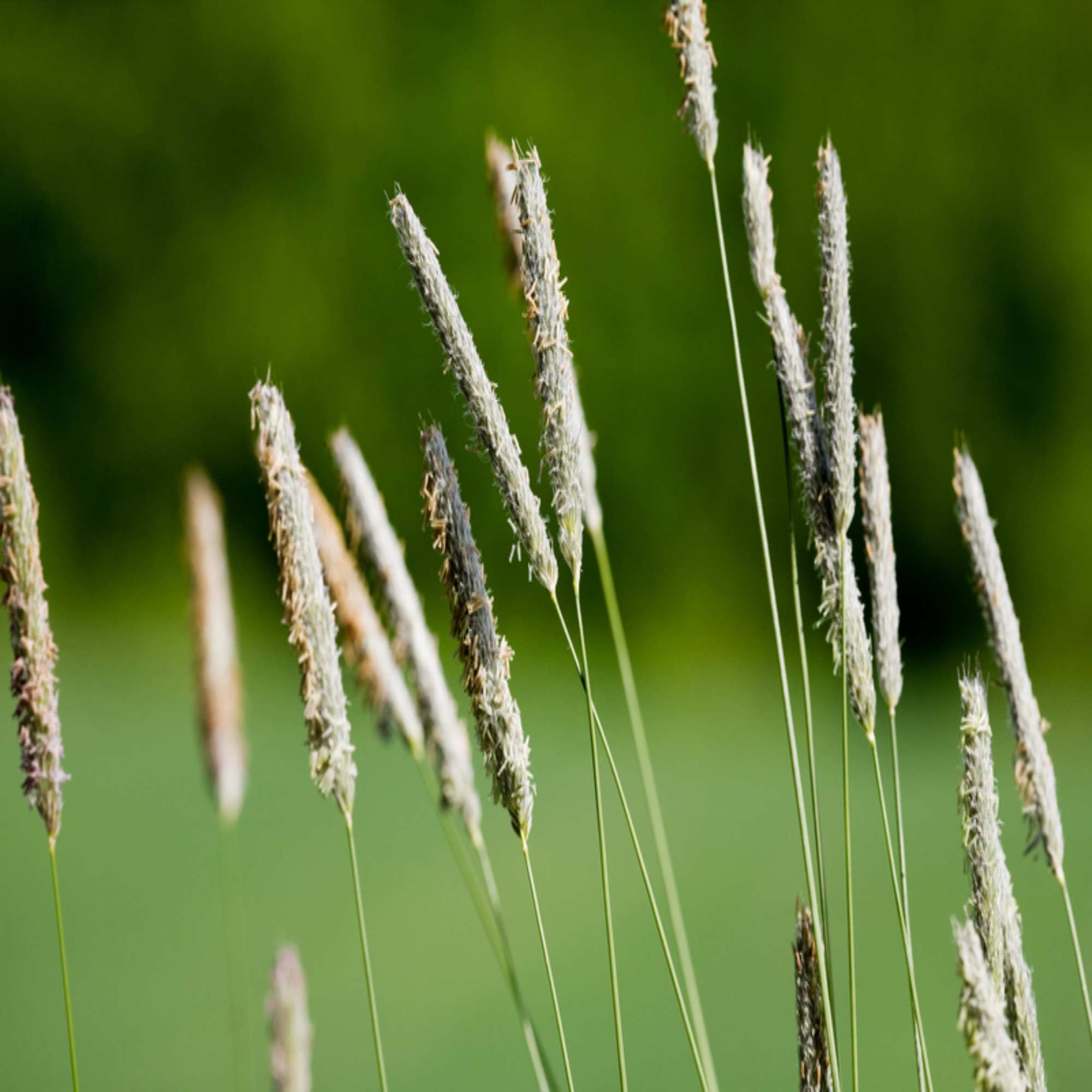
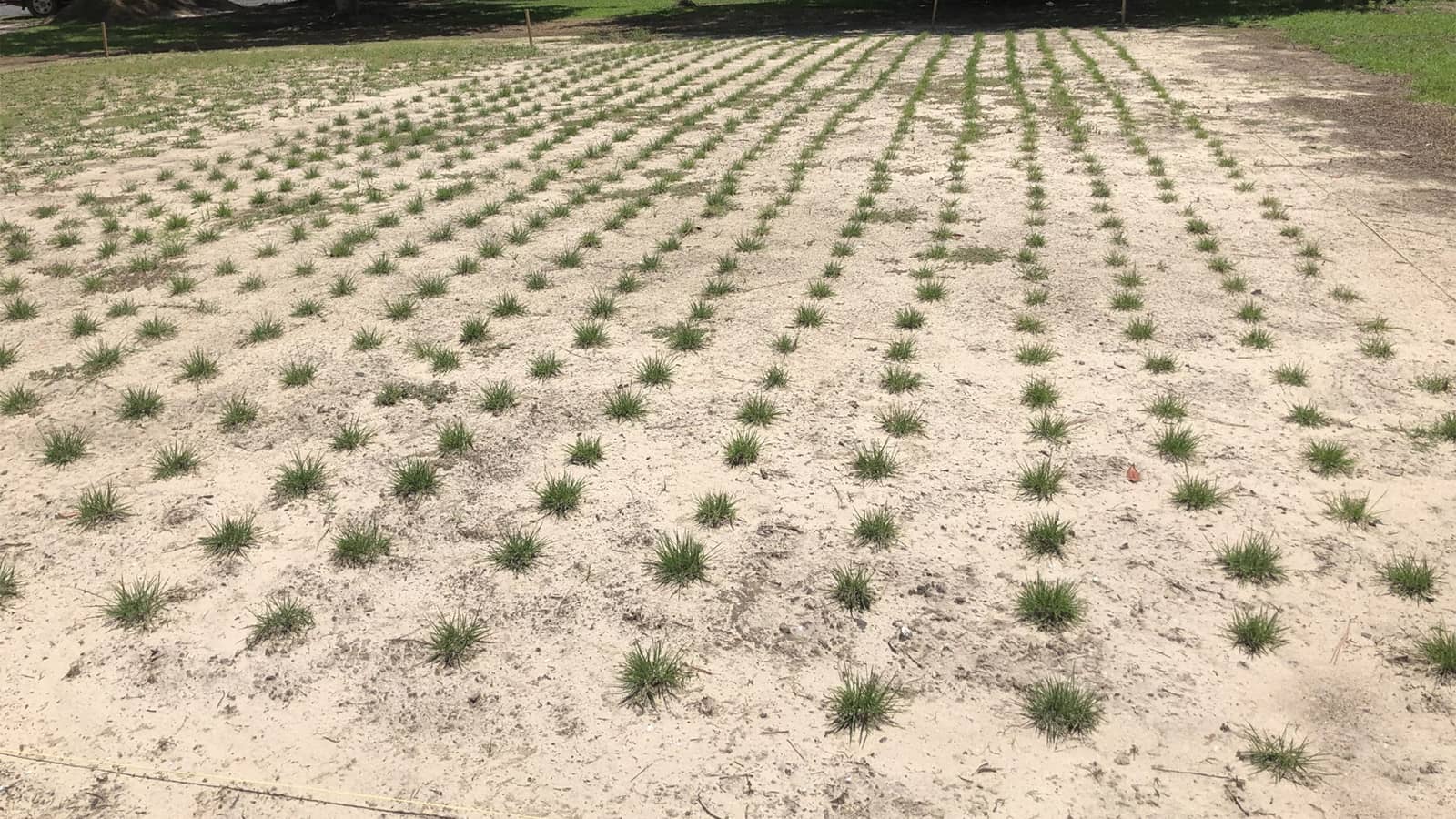
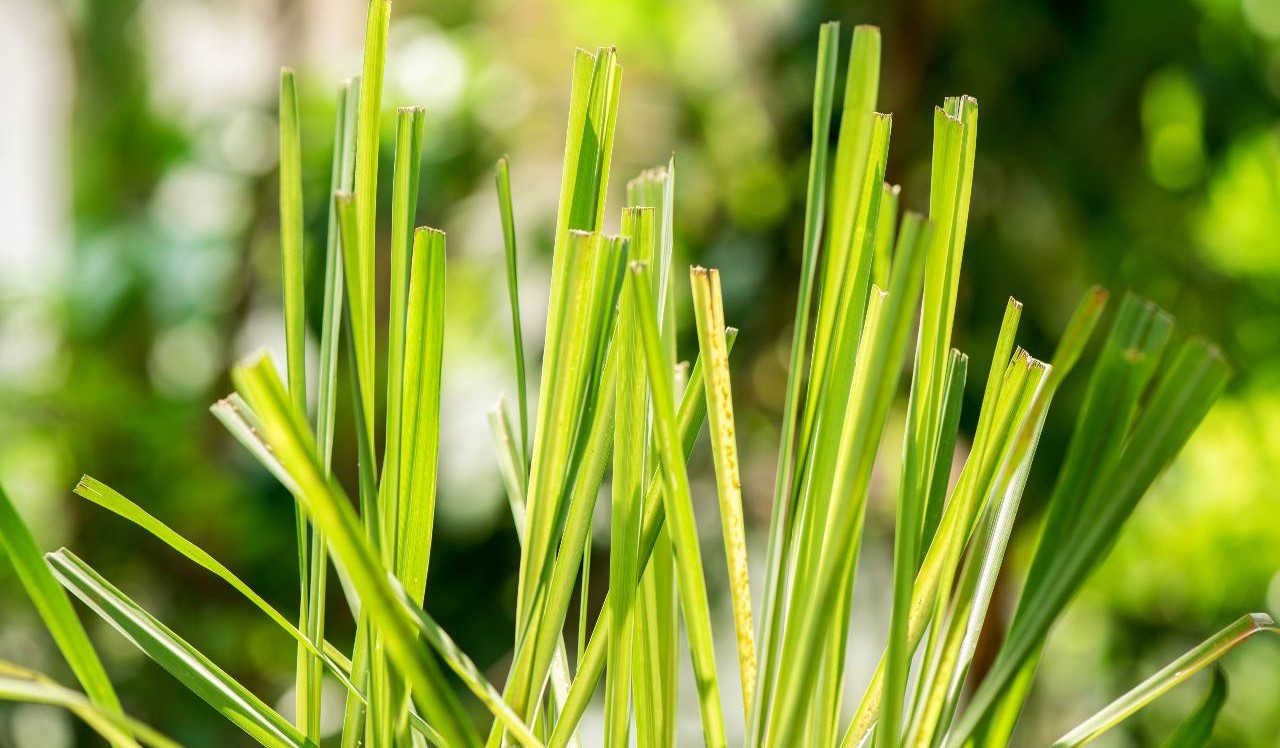
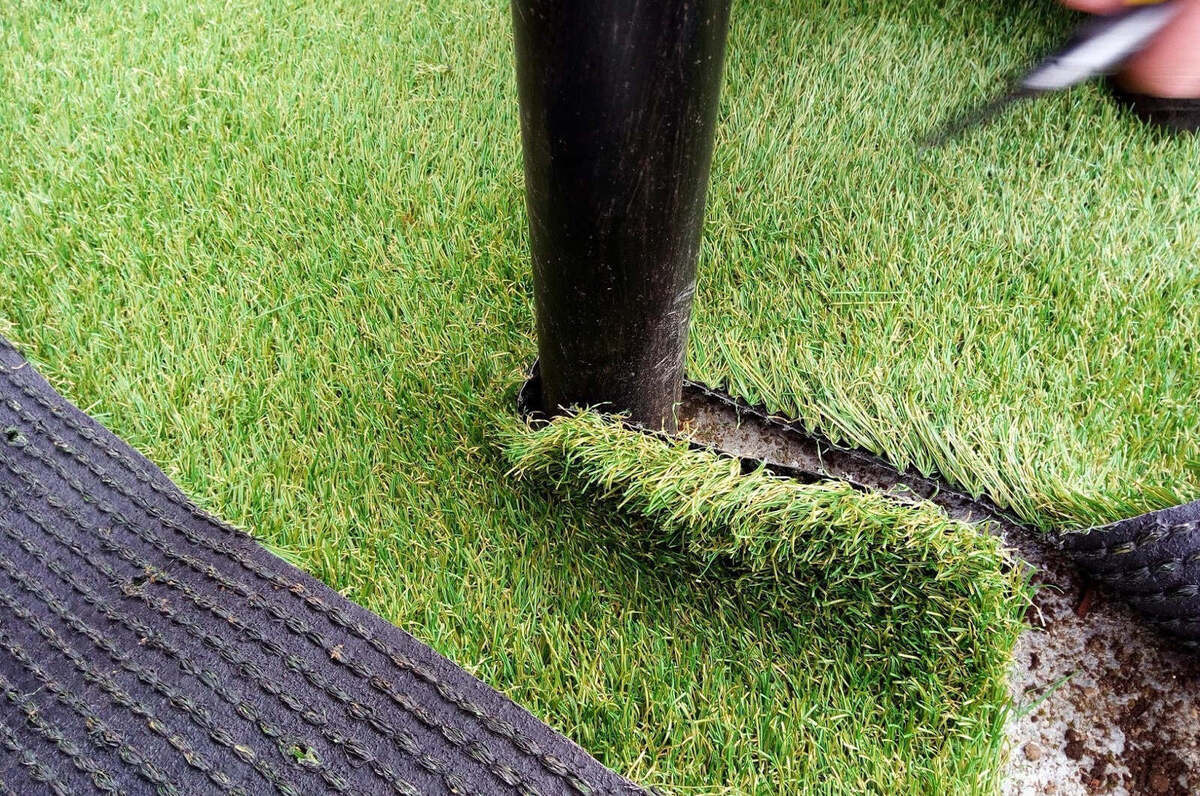
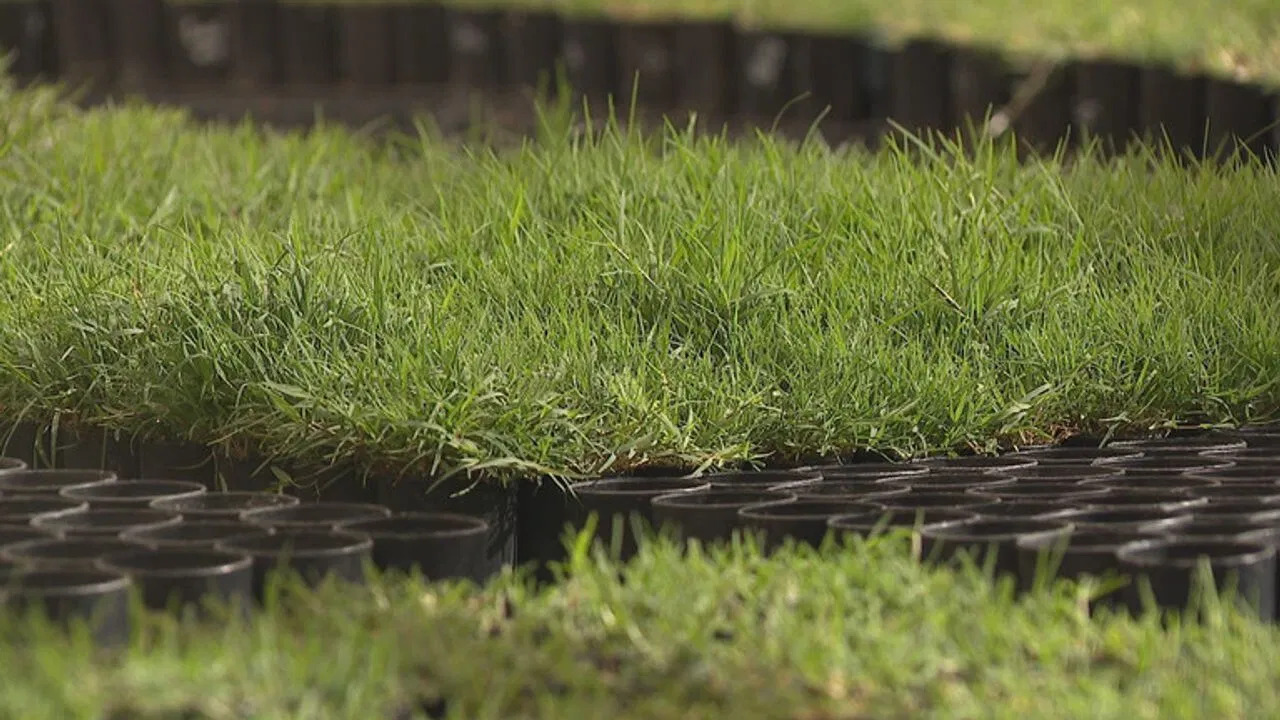
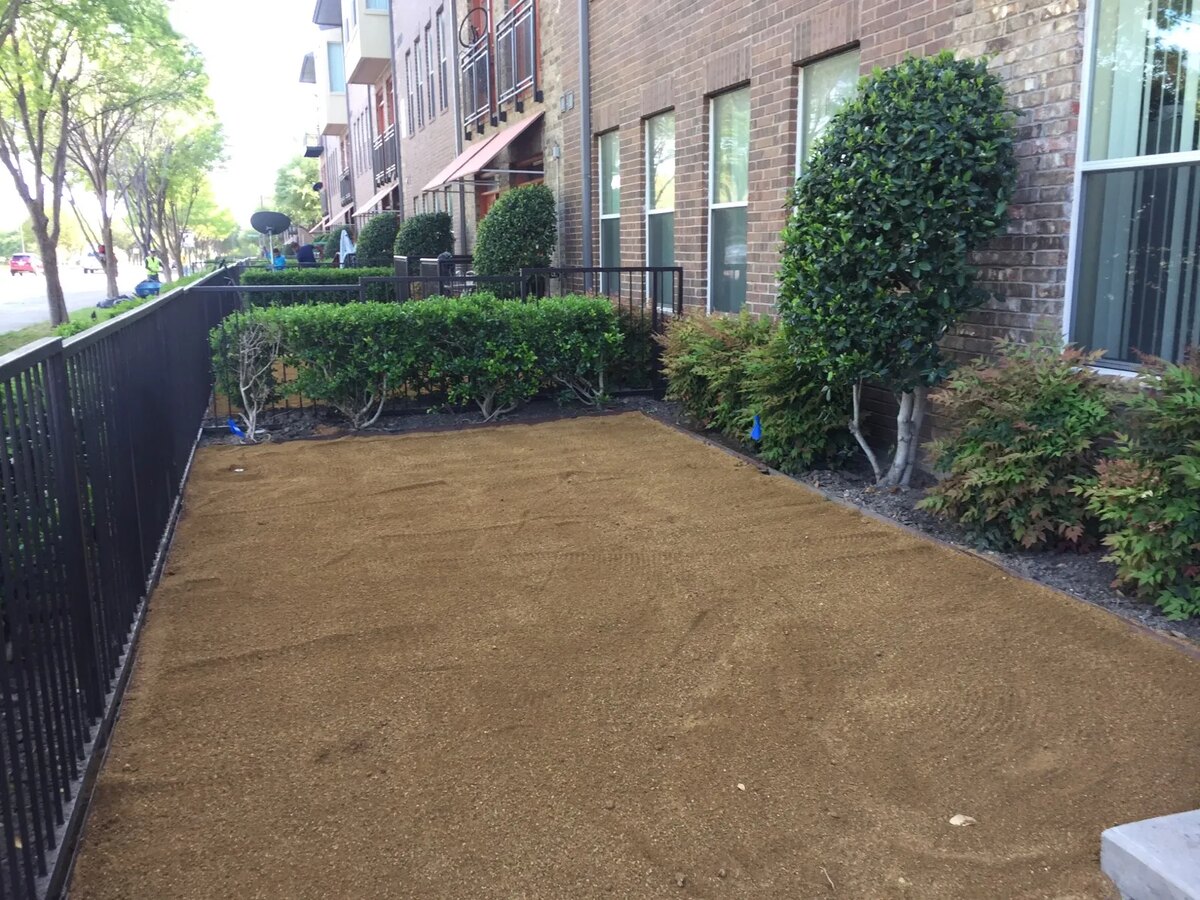
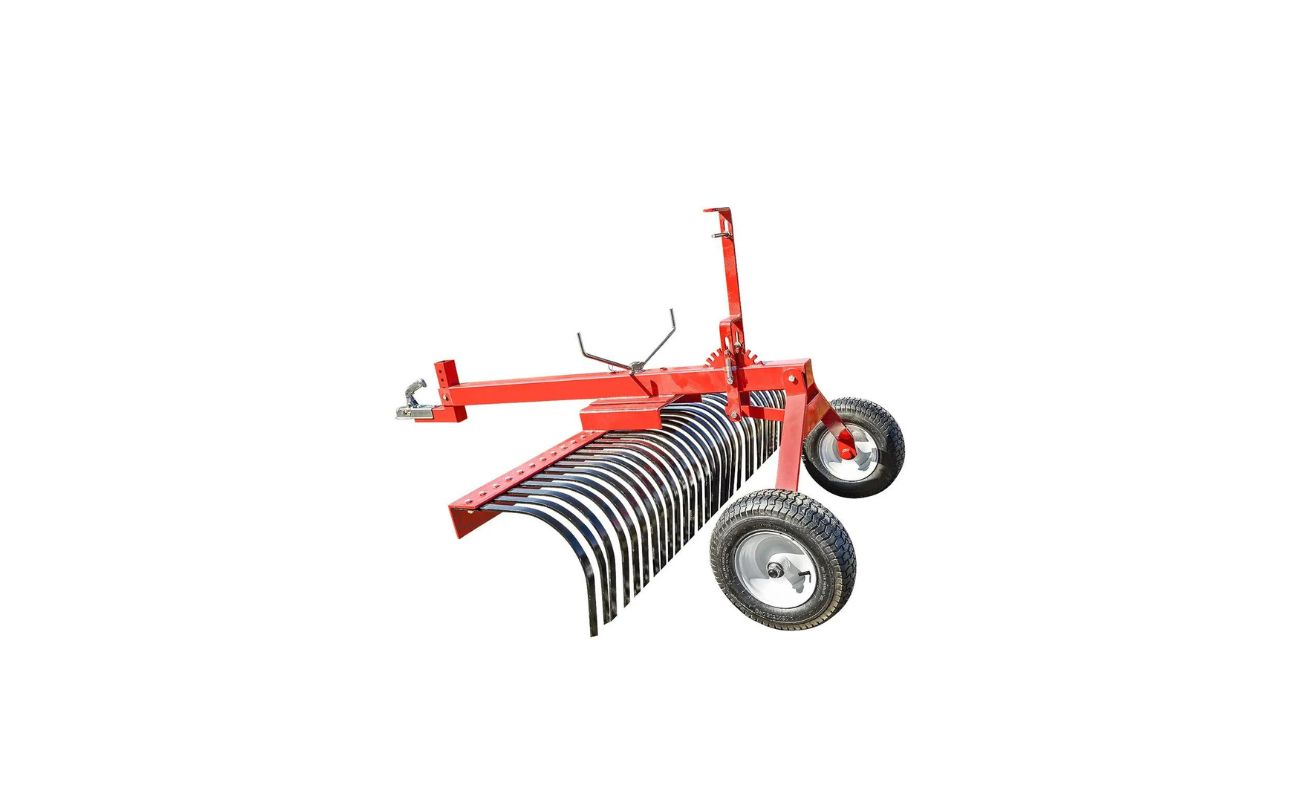
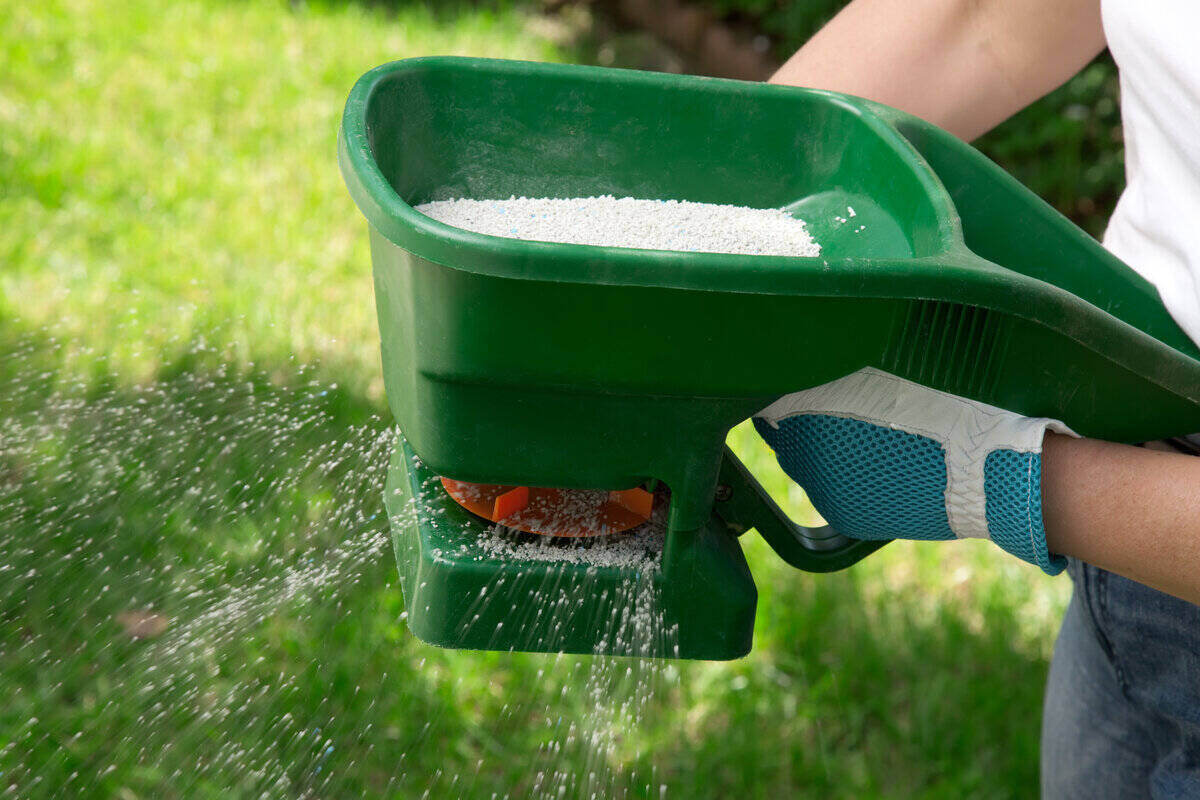
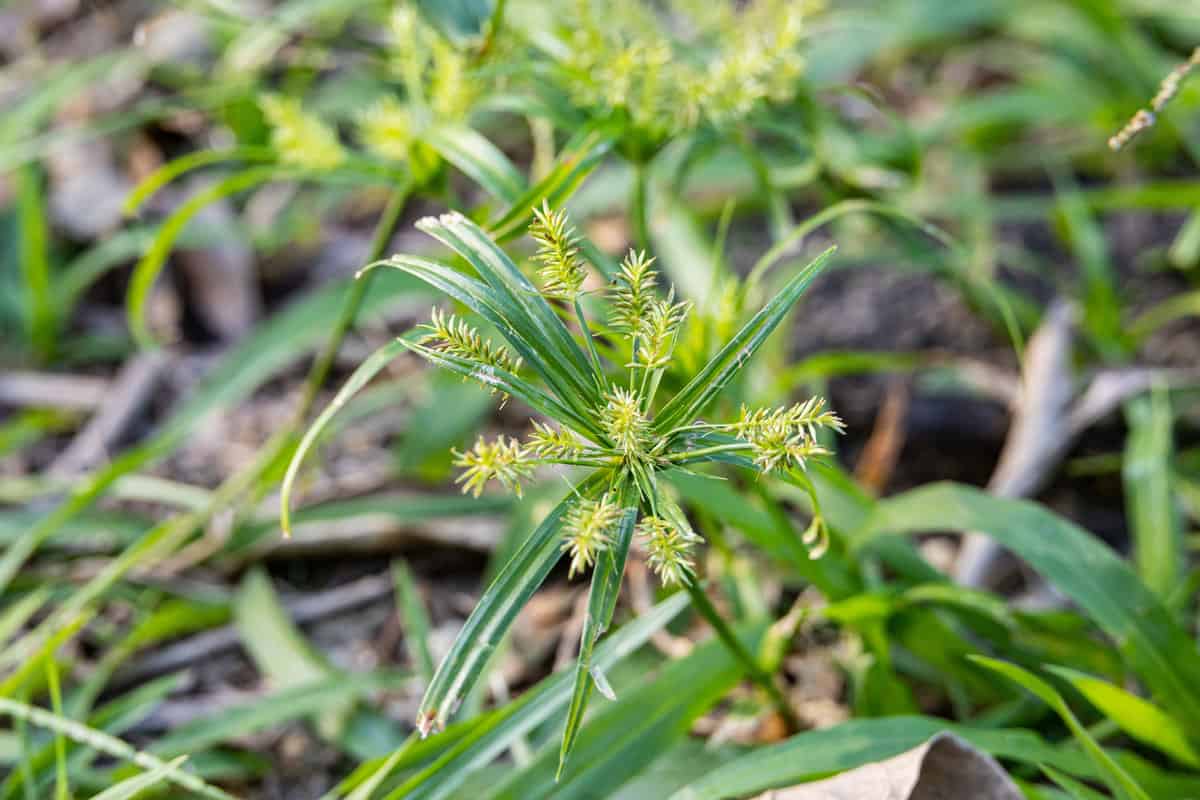


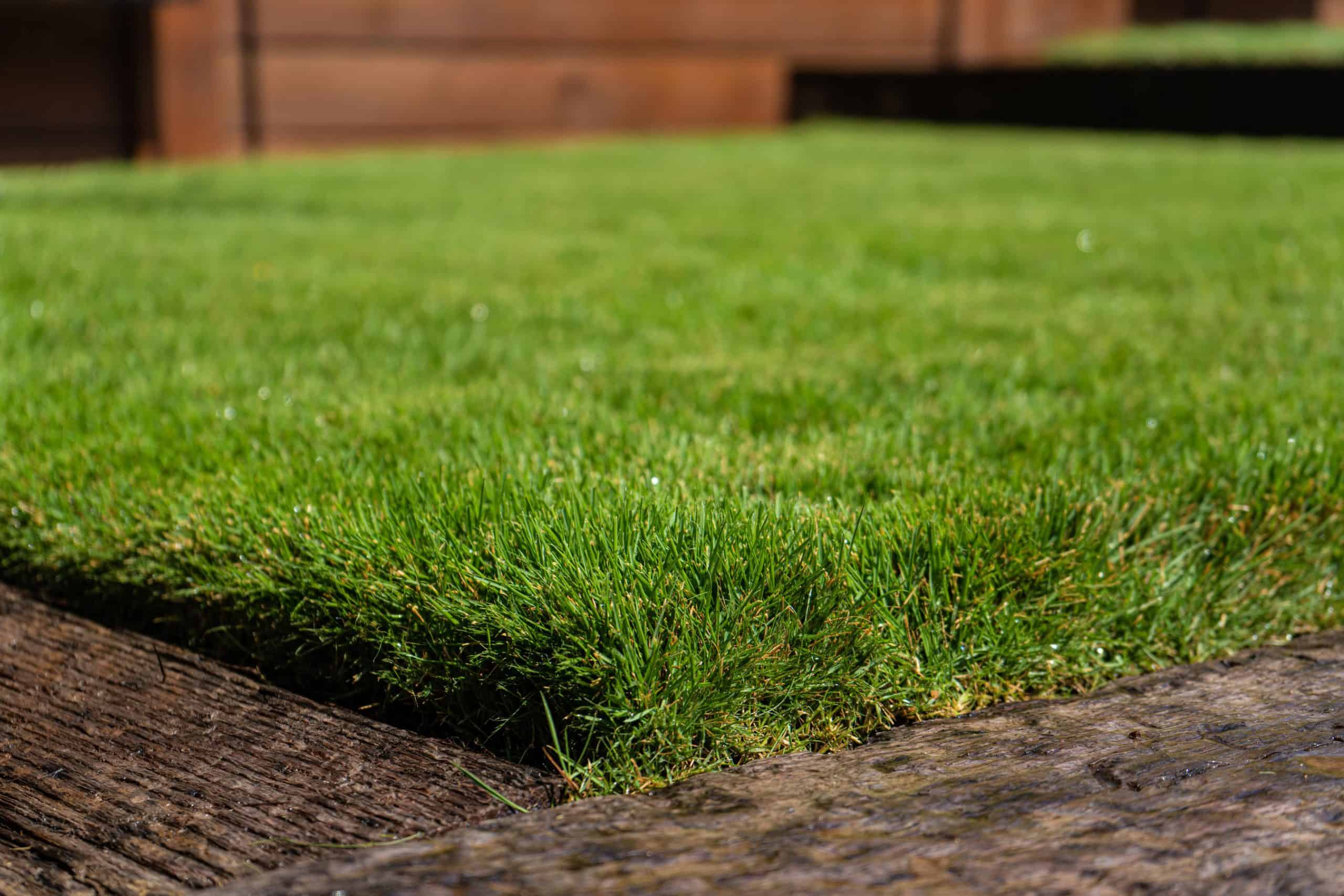

0 thoughts on “What Is Sudan Grass Used For”